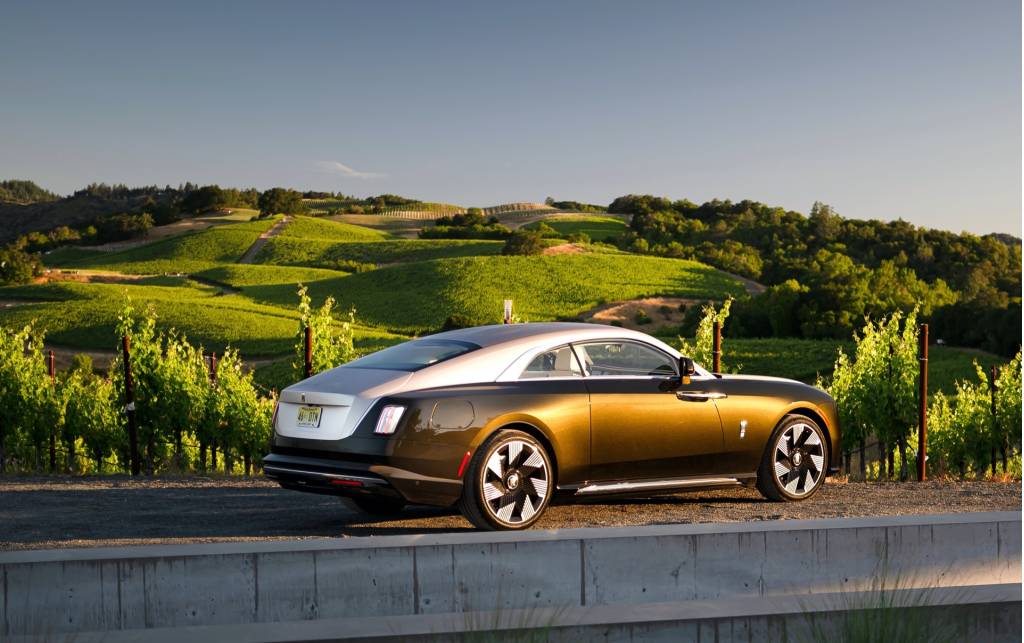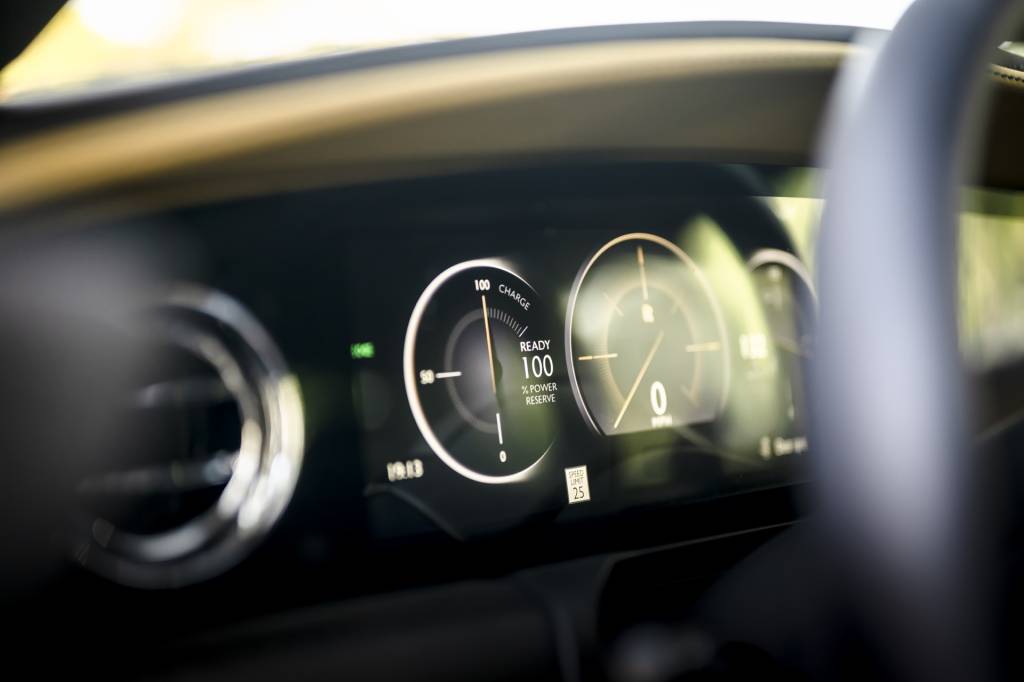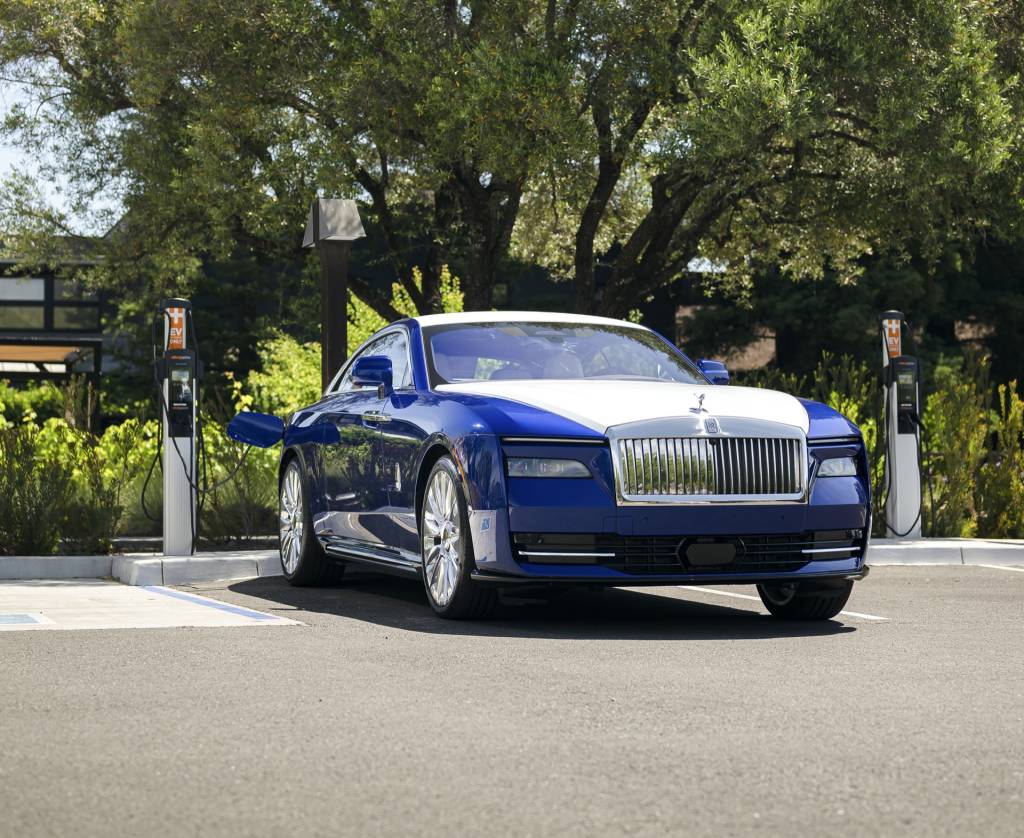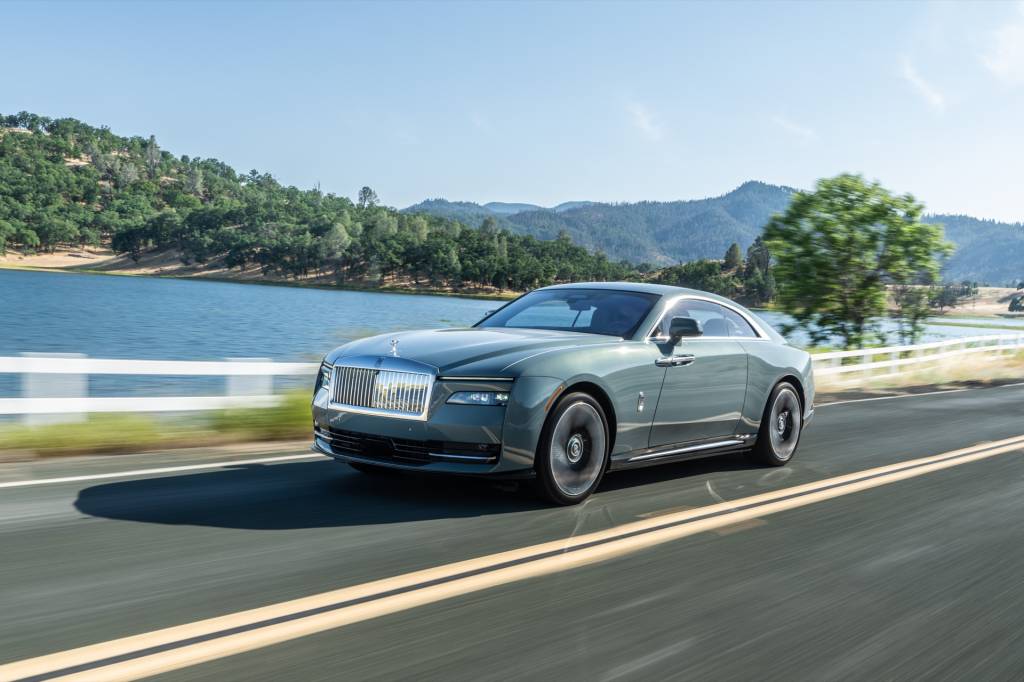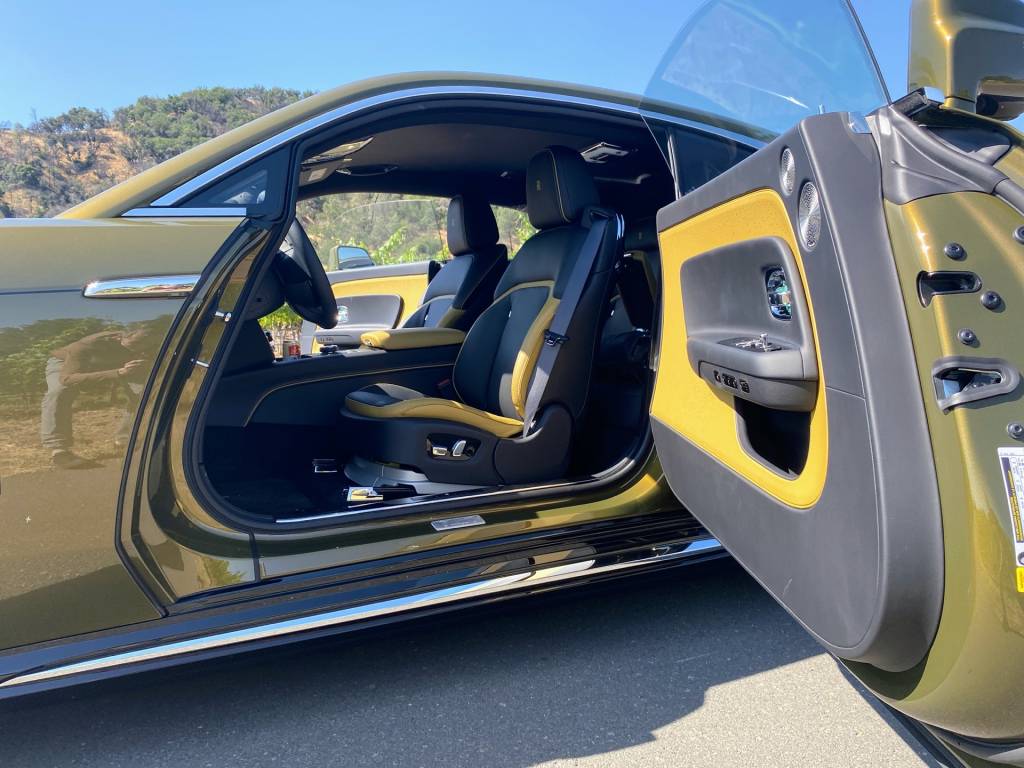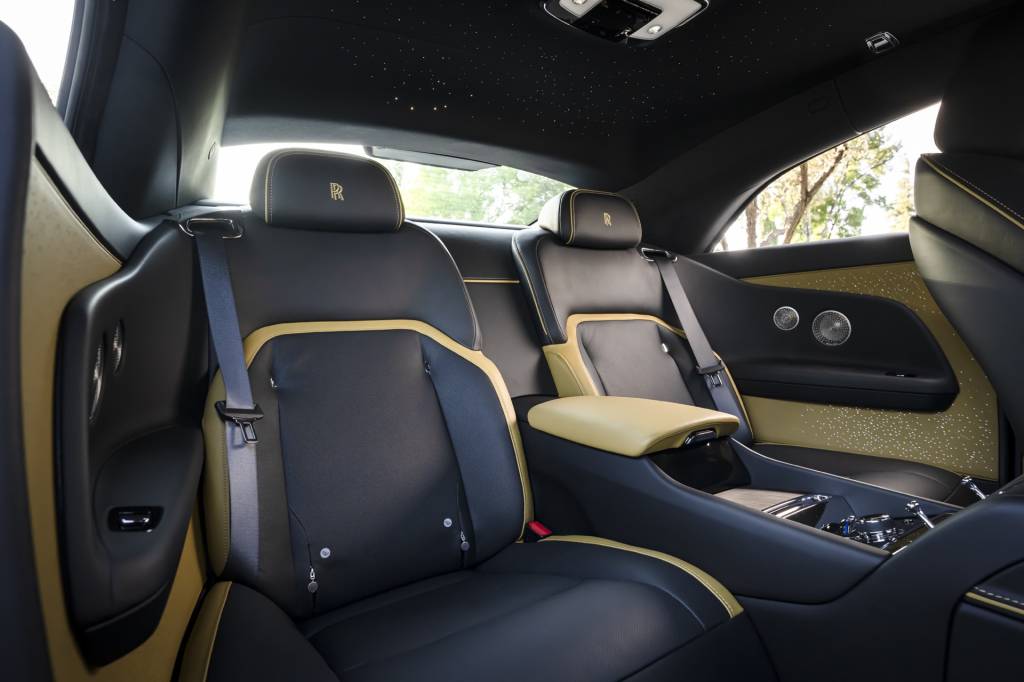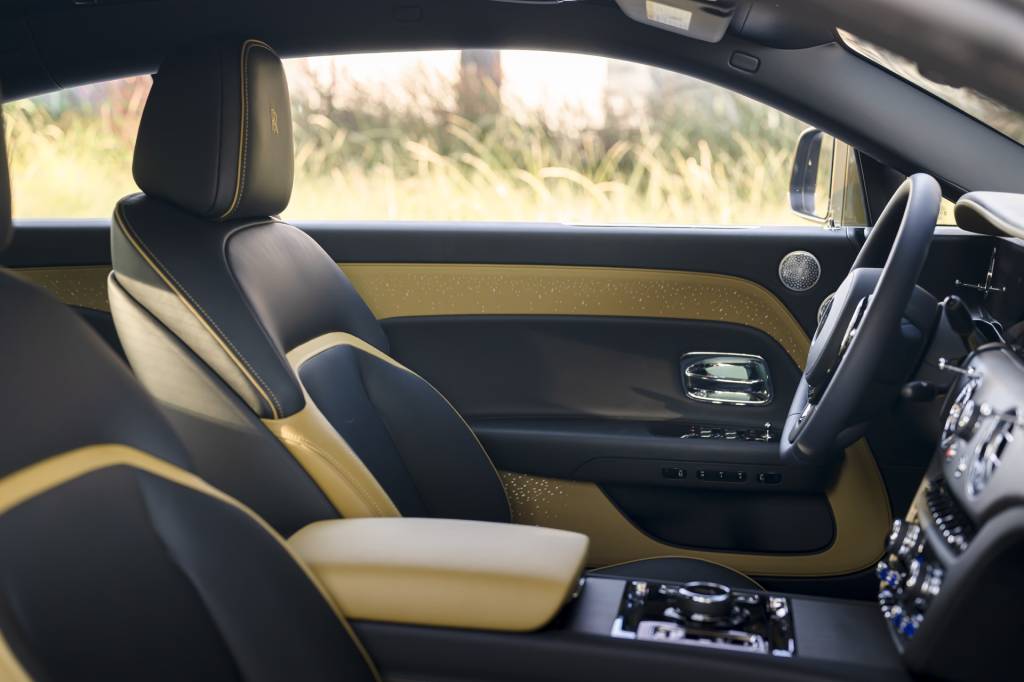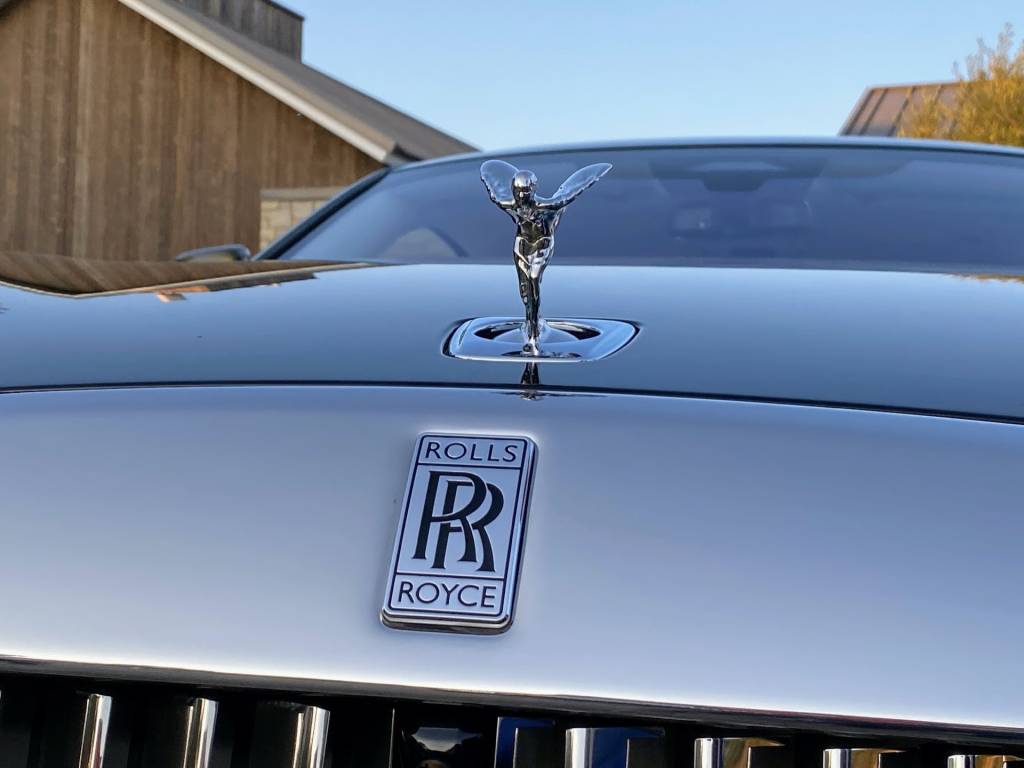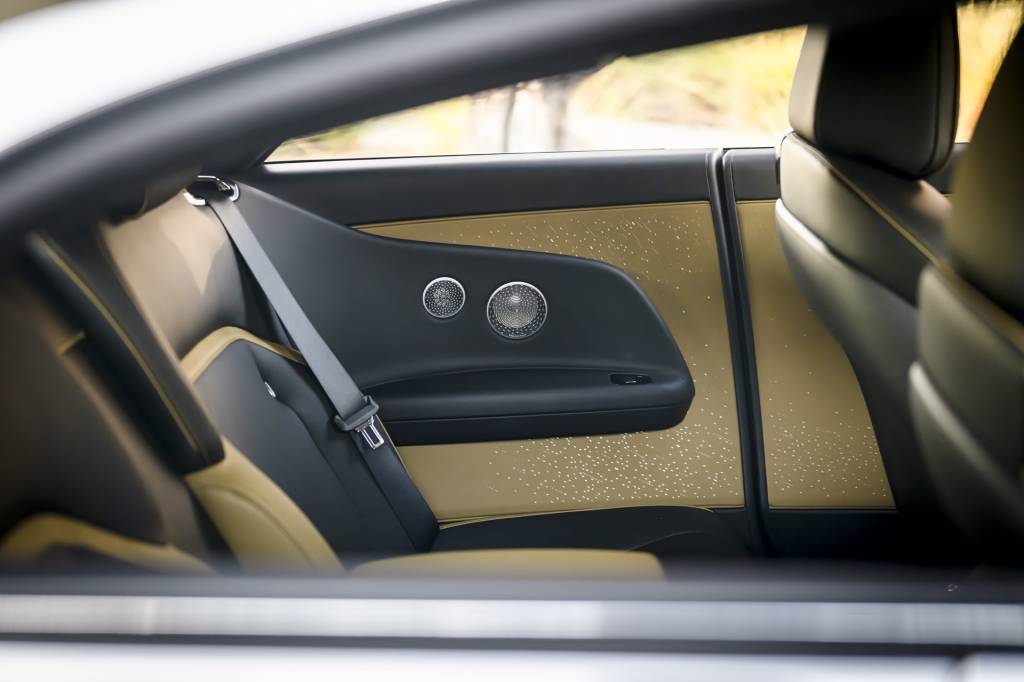The prestige luxury brand Rolls-Royce announced in 2021 that it would be going fully electric by 2030.
That seemed a particularly bold assertion for a brand that up until then hadn’t ever offered an EV. But now the first of the fully electric Rolls-Royce, the Spectre coupe, is headed for first deliveries late this year, and the brand’s future is much easier to envision.
While I recommend reading my first drive of the 2024 Rolls-Royce Spectre for more about the experience inside, the backstory of how the Spectre came to be is just as interesting.
How does a legacy luxury brand remake its products that at present revolve around a turbine-like V-12 gasoline engine and have for decades focused around combustion-engine smoothness and engineering prowess? How can a luxury brand that sells its vehicles for roughly a half a million dollars each distinguish itself amid sub-2.0-second Teslas, 500-plus-mile Lucids, 18-minute-charging Hyundais, and Ford F-150 Lightnings that can power the summer house?
The answer: the same way it always has. Rolls-Royce has never been about the bragging rights of numbers. Power was “sufficient,” and the vehicles were more about the bespoke expression of each particular build—and the experience of luxury.
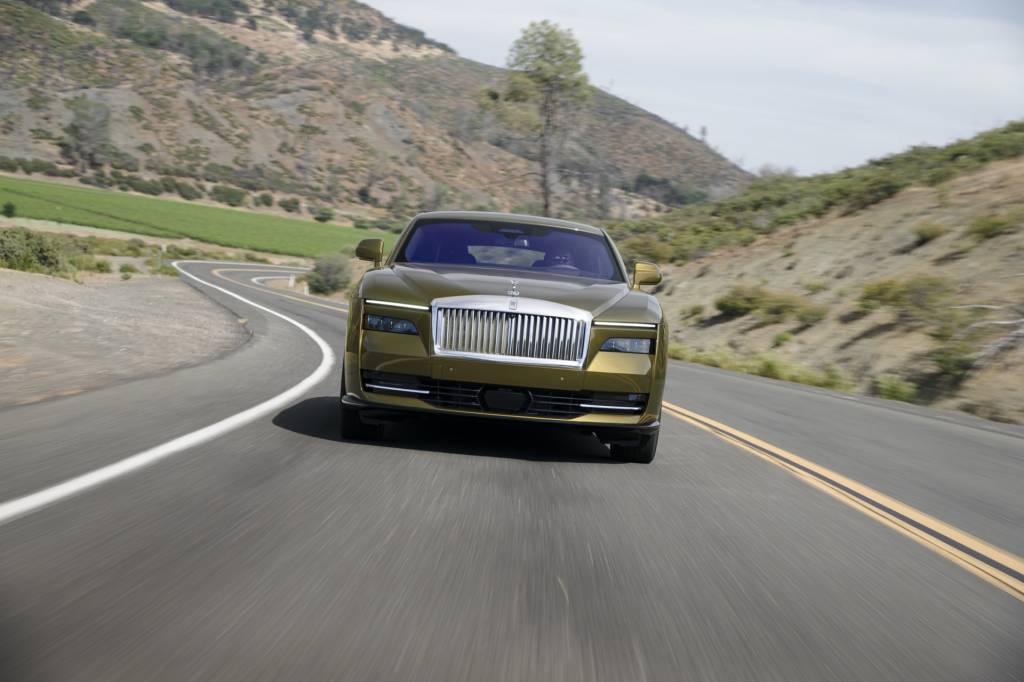
2024 Rolls-Royce Spectre
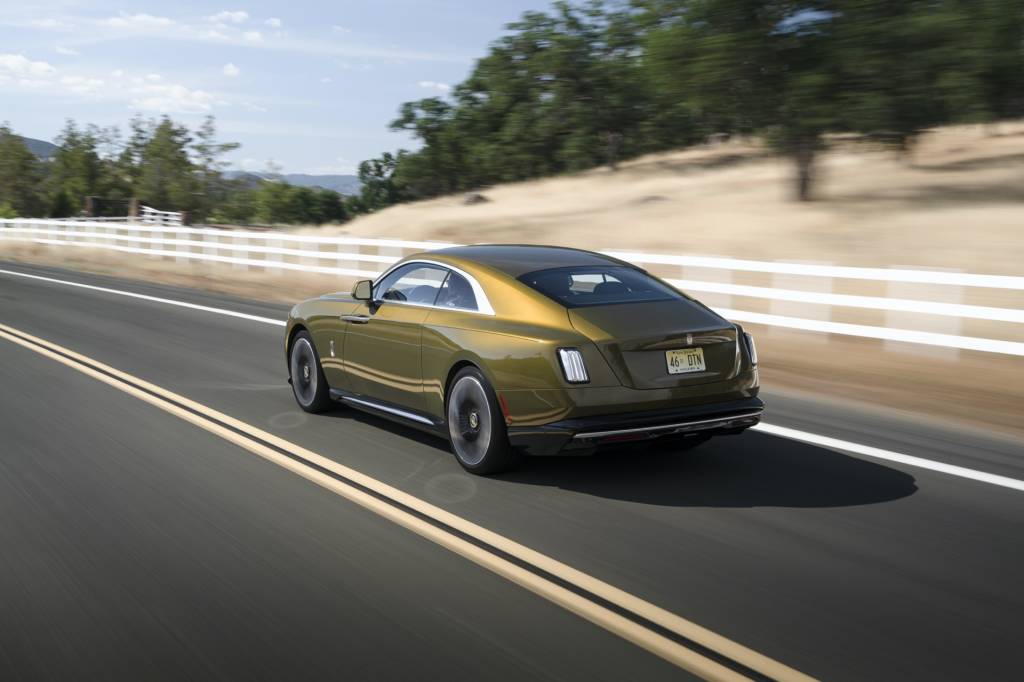
2024 Rolls-Royce Spectre
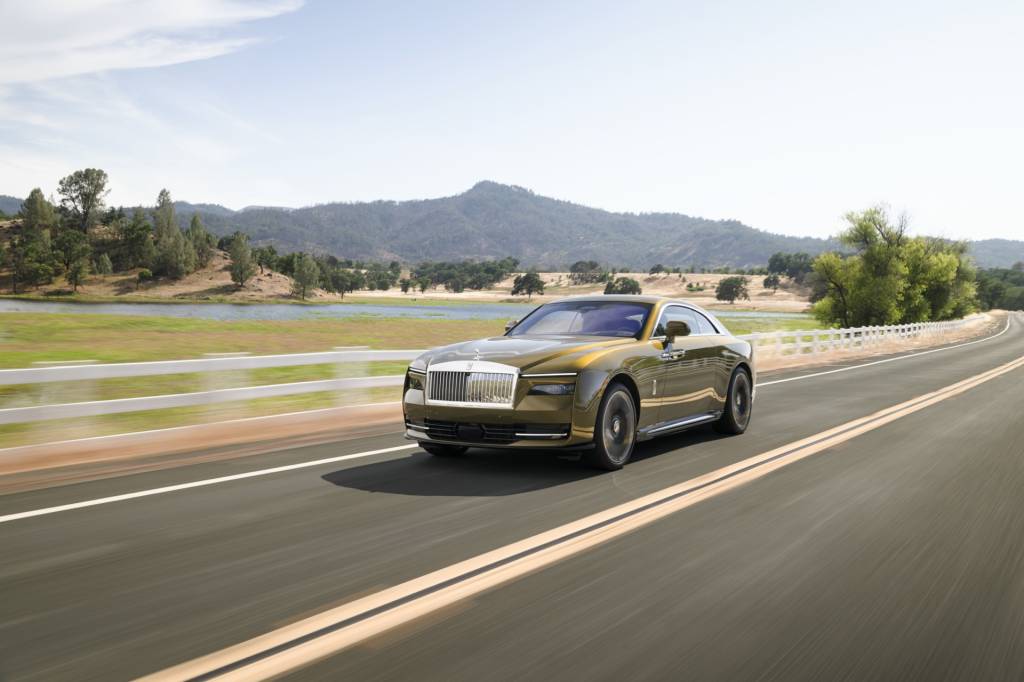
2024 Rolls-Royce Spectre
Within the mammoth rear-hinged doors of this coupe, under the sparkle of a Starlight headliner and cocooned within its phenomenal craftsmanship, comfort, and quiet, what I found was one of the most delightfully simple and straightforward EVs on the market. And don’t get me wrong on that statement: Who said simple meant cheap?
To take a step back: The company decided from the get-go that such a model would need to be a Rolls-Royce first, and an EV second.
But the team under director of engineering Mihiar Ayoubi understood it would need to also innovate the EV to achieve that.
Read on for several key takeaways on how Rolls’ work with the Spectre isn’t just highfalutin talk about BMW Group EV tech that’s been repackaged—and why in the midst of a brand making sure that it didn’t leave its customers behind, it actually pushes the EV conversation forward.
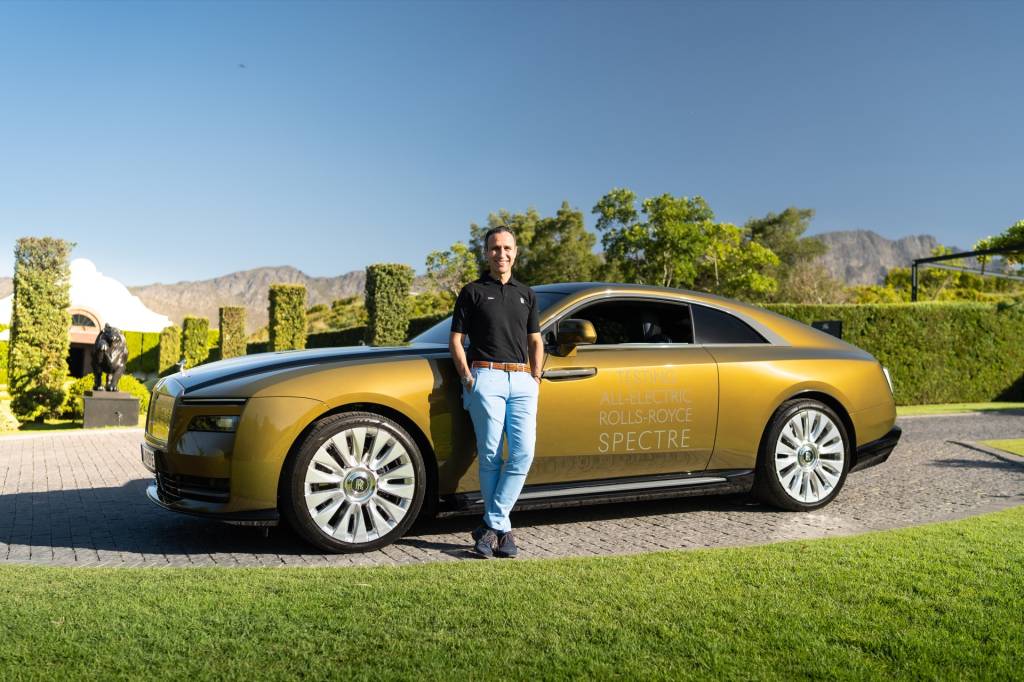
Dr. Mihiar Ayoubi – Rolls-Royce Director of Engineering
Spectre is a new genre: spacious EV coupe
As I observed in my first drive of the 2024 Rolls-Royce Spectre, one of the most noteworthy engineering victories of this fully electric model is how it manages to feel like a car you sit in, not on. With battery packs propping occupants up several inches, raising floors, and boosting total vehicle heights, it’s easy to make a brand’s first EV a crossover but far more challenging to make it a convincing car.
Rolls-Royce went that more challenging route, and as it points out proudly there’s less than an inch difference in overall height between the Spectre and the gasoline-powered Rolls-Royce Phantom Coupe, while managing to pack in the same interior space.
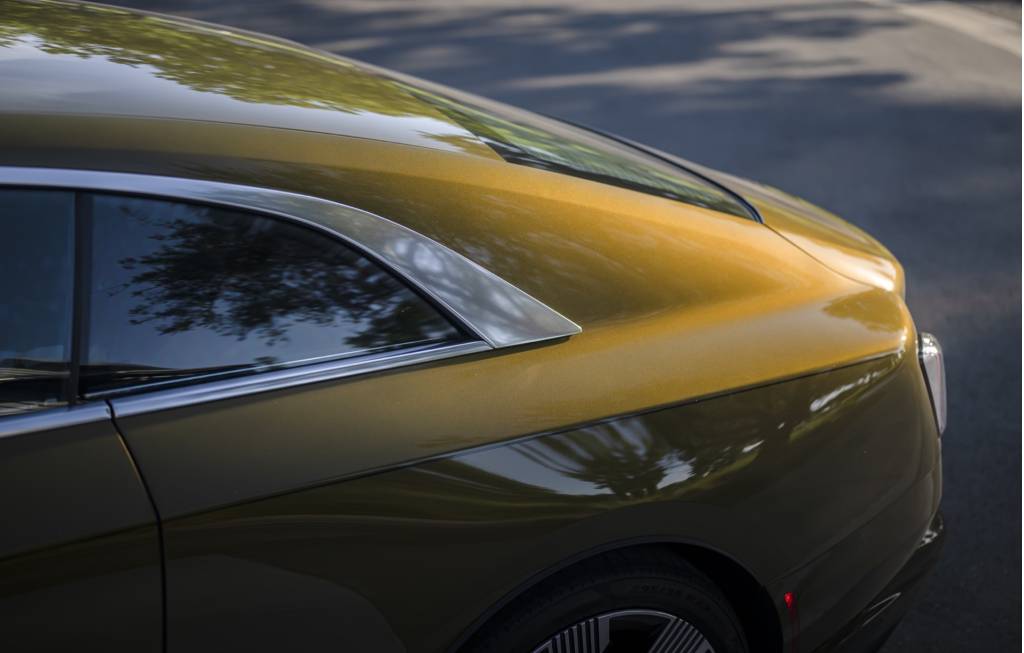
2024 Rolls-Royce Spectre
The automaker achieved this height target by placing the battery pack in a channel under the floor of the body and framing it with extruded aluminum beams that form the four corners. It then designed this model’s inner body-in-white from scratch, focusing in on a lower seating position while keeping the bulkhead (dash and cowl) in position—paying special attention to stiffness at the front and rear axles where as Ayoubi puts it, there can be a “hinge” effect that sours ride and handling.
Simply put, it feels like you’re in a long-and-large car, and I can’t recall any other EVs that pair that impression with boxy styling and upright packaging. The long rear-hinged doors allow smooth access to the back seat without contorting, and it’s workable, even comfortable for this 6-foot-6 passenger.
In a world of Expeditions, Escalades, and Wagoneers, this is not truly any smaller in footprint, but it’s a form factor that for efficiency’s sake and sheer variety the market needs more of.
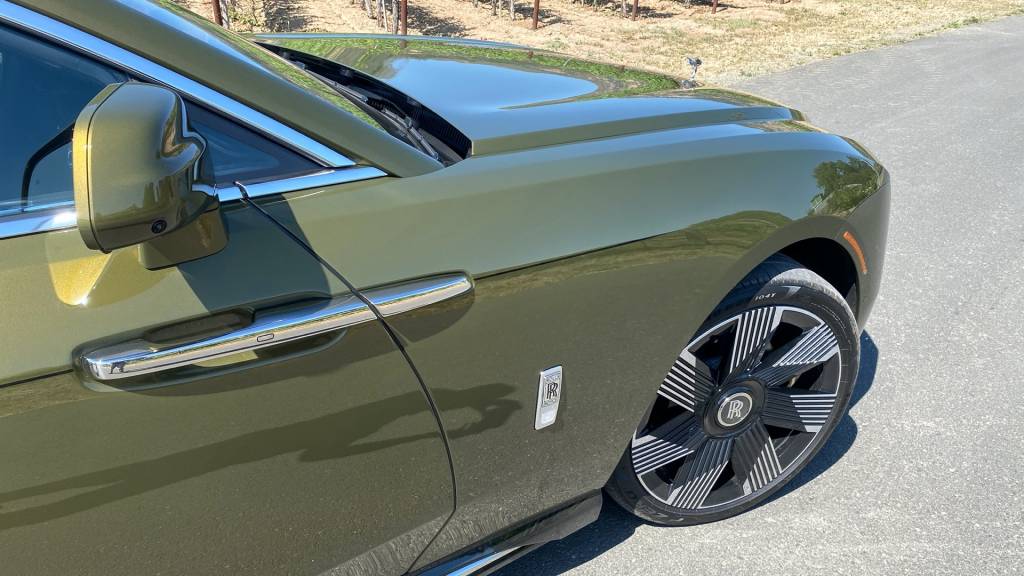
2024 Rolls-Royce Spectre
Why this EV keeps to the ICE form factor
One of the great benefits of electric vehicles is that electric motors don’t take up much packaging space, and without all the space needed under the hood for a mammoth V-12 in Rolls-Royce’s case, it could have resulted in a completely transformative look.
